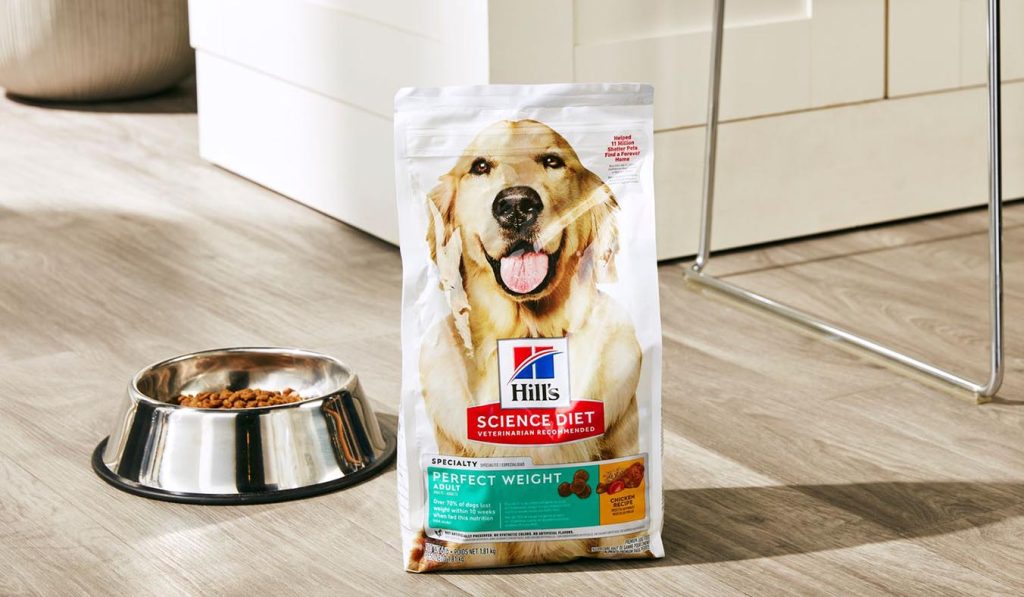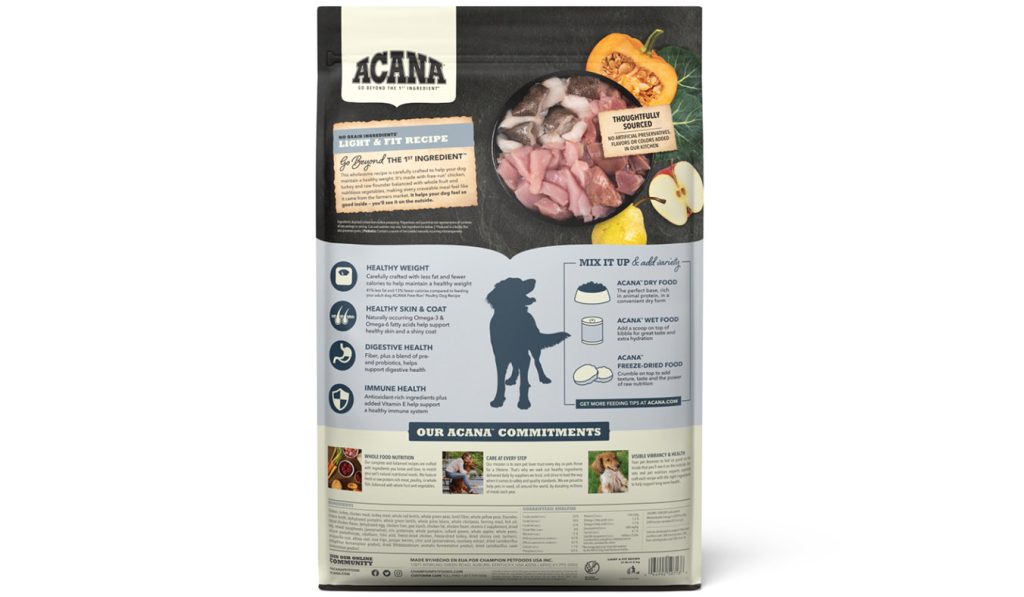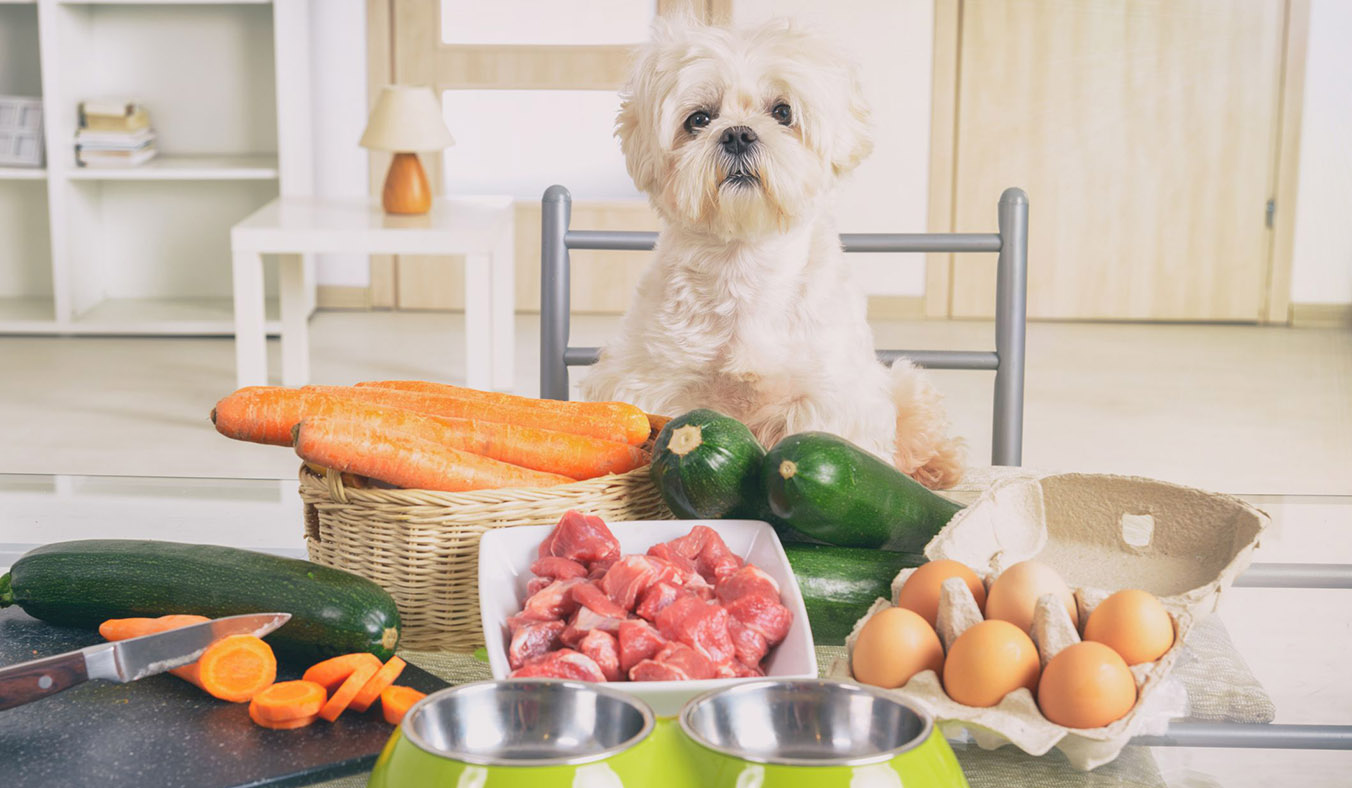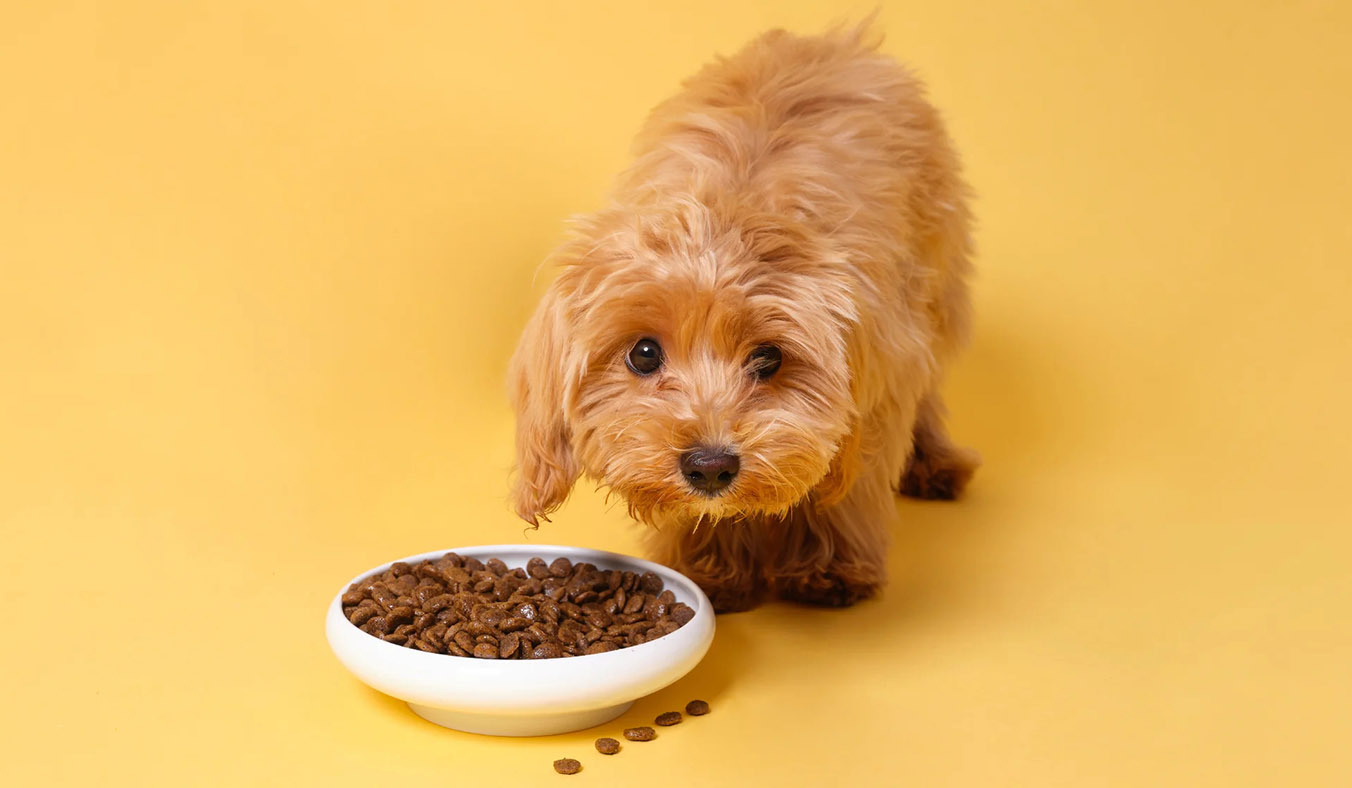“Has it gotten chubbier?”
I first noticed something was wrong after a routine walk. It was panting heavily after just a few steps and collapsed on the floor once we got home—far from the energetic dog it used to be. I crouched down and felt its body—once firm and well-defined, now buried under a soft layer of fat. It was time to face the truth: my dog needed to lose weight.
Obesity in dogs is more common—and more serious—than many people realize. Being overweight isn’t just “cute”; it comes with real health risks like joint strain, heart and lung stress, diabetes, and a shortened lifespan. Unlike humans, dogs can’t control their food intake, count calories, or decide to hit the treadmill. As owners, the best we can do is choose the right dog food—one that lets them “eat less but feel full,” supporting gradual weight loss without sacrificing appetite or nutrition.
I’ll cover why dogs gain weight, the essential principles behind choosing the right weight-loss dog food, and recommend a few tried-and-true products based on my own experience. I’ll also share practical tips on how to feed your dog during a weight-loss journey.
Part 1: Why Do Dogs Gain Weight? (Hint: It’s Not Just the Treats)
Most dogs don’t gain weight overnight. It’s usually a gradual build-up from excess calorie intake, lack of exercise, and slower metabolism over time. Here are some hidden culprits that often contribute to canine obesity:
1. High-Calorie Food
Many commercial dog foods are designed for medium to high activity levels. If your dog is less active or a small breed but eating food formulated for larger, active dogs, they may be consuming too many calories.
2. “Just a Bite” of Treats and Table Scraps
“I only gave a little piece of meat,” or “just poured some soup over the kibble”—these small acts of love can lead to big calorie surpluses when they become daily habits.
3. Lack of Exercise
Urban-dwelling dogs, especially smaller breeds, often don’t get enough exercise. Even if you walk them daily, the duration or pace may be too low to burn meaningful calories.
4. Aging and Slower Metabolism
Dogs over 7 years old typically experience a drop in metabolism. Even if their diet hasn’t changed, weight gain becomes more likely.
5. Hormonal Changes After Neutering/Spaying
Many spayed or neutered dogs show increased appetite and reduced activity. Without dietary adjustments, weight gain is almost inevitable.
Once I understood these factors, I took a hard look at our daily routines. I reduced snacks, increased walks, and most importantly, switched to a specialized weight-loss dog food that kept my dog full and nourished, even with fewer calories.
Part 2: How to Choose Weight-Loss Dog Food? Look for “Low-Calorie + High Satiety + Balanced Nutrition”
Weight loss isn’t about starving—it’s about smart nutrition. The worst thing you can do is feed your dog low-calorie food that lacks essential nutrients or is unpalatable. Poor nutrition can lead to fatigue, loss of muscle, and behavioral issues.
Here’s what ideal weight-loss dog food should include:

1. Lower Calories, Balanced Nutrients
Weight-loss formulas typically contain 280–360 kcal per 100g (compared to over 400 kcal/100g in regular kibble). Protein levels should remain high to preserve muscle mass.
2. High Protein, Moderate Low Fat
Quality animal protein (like chicken, turkey, or salmon) should be the first ingredient. Fat should be limited (around 8–12%) to prevent further weight gain.
3. High Fiber for Fullness
Ingredients like pea fiber, beet pulp, brown rice, or pumpkin help dogs feel full on fewer calories, reducing begging or scavenging behaviors.
4. Metabolism-Boosting Additives
L-carnitine, CLA (conjugated linoleic acid), prebiotics, and omega-3 fatty acids help burn fat, support digestion, and promote heart health.
5. Good Taste is Non-Negotiable
Even the best nutrition won’t help if your dog refuses to eat. Palatability is key to compliance and success.
Part 3: My Top 5 Tried-and-Tested Weight-Loss Dog Foods
After a lot of trial and error, here are five dog food brands that stood out for their ingredients, taste, and visible results:
1. Hill’s Science Diet Perfect Weight
- Clinically proven to reduce weight within 12 weeks
- Low fat, high protein (chicken is the first ingredient)
- Contains L-carnitine and coconut oil to support metabolism
- Medium kibble size suitable for small and medium breeds
This was my first try. Within 3 weeks, I noticed a more defined waistline. The taste was a hit—my dog never once rejected it.
2. Royal Canin Satiety Support Weight Management (Prescription Only)
- Very high in fiber to promote satiety
- Rich in vitamins and minerals for long-term use
- Ideal for severely overweight dogs or those with metabolic issues
- Requires veterinary prescription
Recommended by a friend, this is a “heavy-duty” formula. It’s highly effective but pricey and best reserved for serious cases.
3. Acana Light & Fit
- Grain-free, low carb, made with free-run chicken and fish
- High protein (33%+), low fat
- Rich in whole fruits and vegetables for gut health
- Slightly larger kibble, best for medium to large dogs
Though not the lowest in calories, Acana focuses on quality ingredients that keep dogs full and slowly trim down without hunger.
4. Wellness Core Weight Management
- Grain-free, high protein, low fat
- Contains L-carnitine, probiotics, green tea extract
- Medium kibble size and excellent taste
- Includes fruits and vegetables like spinach, blueberries, and carrots
Great for “greedy but chubby” dogs, especially older ones needing gut support. It works both as a weight-loss and maintenance food.
5. Orijen Fit & Trim
- Ultra-high protein (42%), very low carb
- Uses 6 animal protein sources (chicken, fish, turkey)
- Low glycemic index, stable blood sugar
- Ideal for active, muscular breeds
Best for dogs with large frames and high energy levels. I paired this with extra exercise for muscle-preserving weight loss.
Part 4: Feeding Tips for Weight Loss – It’s Not Just About the Food
Choosing the right dog food is just the beginning. How and how much you feed is just as important:
1. Calculate Daily Energy Requirement (DER)
Every dog has different needs. Use this formula for weight-loss goals:
DER (kcal) = 70 × (Target weight in kg)^0.75 × 1.0
Example: For a dog with a goal weight of 8kg:
70 × 8^0.75 ≈ 394 kcal/day
If your chosen food has 300 kcal/100g, feed about 130g/day, split into 2–3 meals.

2. Split Meals to Prevent Binge Eating
Divide meals into two or more feedings per day to reduce hunger spikes and digestive strain.
3. Use a Scale or Measuring Cup
Guessing is risky. Use a kitchen scale or proper measuring tools—your “handful” might be too much.
4. Limit Treats to Under 10% of Daily Calories
Snacks aren’t banned but should be limited. Choose low-calorie, high-fiber training treats.
5. Weigh Weekly and Keep a Journal
Weigh your dog once a week—not daily—and track food intake and behavior. Adjust if needed.
Part 5: Weight Loss is Not Starvation—It’s a Gentle Journey Together
Helping your dog lose weight isn’t just about numbers on a scale. It’s about love, responsibility, and giving them a healthier, more joyful life. As I watched my dog regain its shape, move with ease, and breathe more calmly, I finally understood what all the effort was for.
This journey changed me, too. I stopped handing out random snacks. I committed to daily walks. I paid attention to subtle signs, like when “laziness” was actually fatigue. And through it all, my dog looked at me with bright, grateful eyes, as if to say, “Thanks for noticing.”
Choosing the right weight-loss dog food is just the first step. The path ahead is one you walk together—with one less bite and one more lap around the park, built on quiet acts of care.



